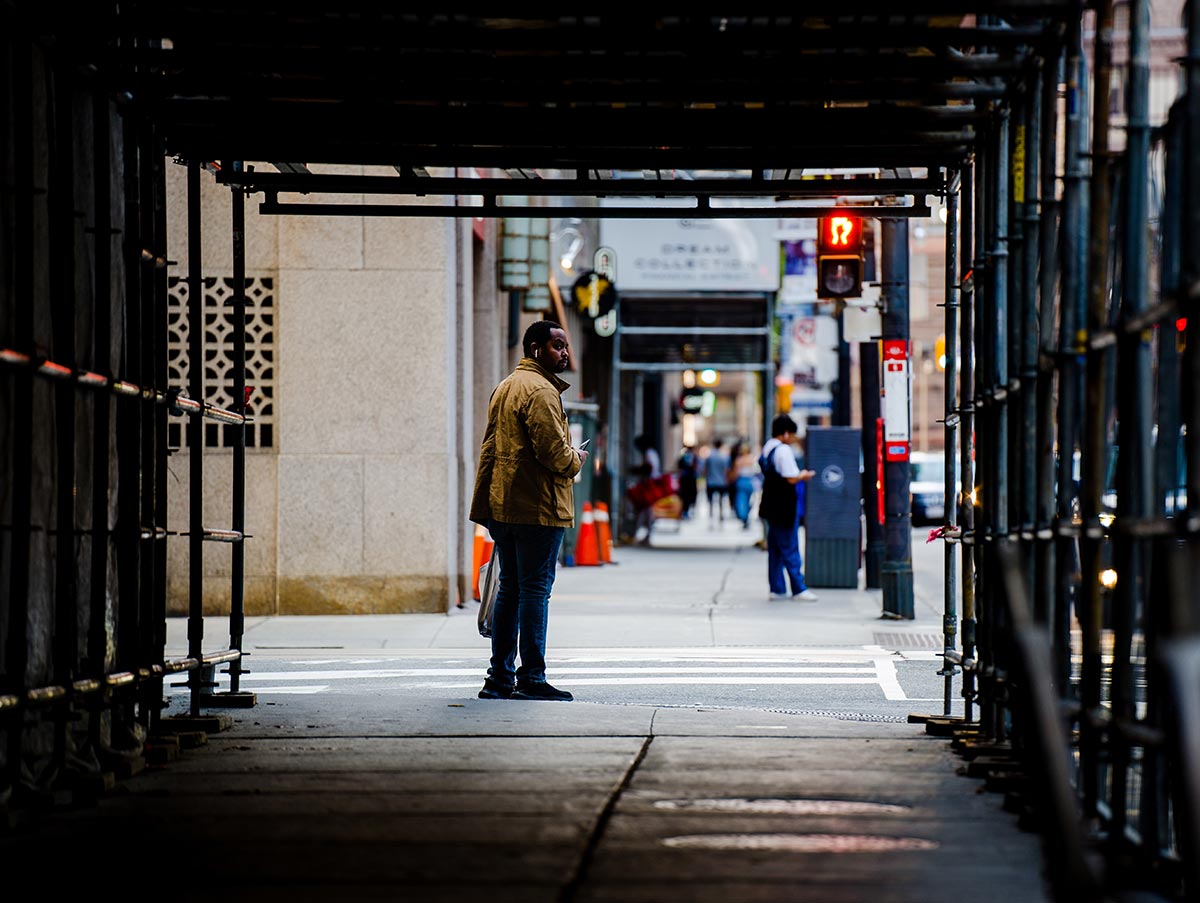The second wave of Covid-19 has taken everyone by surprise, and it has struck with such intensity that its too early to gauge its severity. Unlike the transatlantic countries that experienced Covid peak, India was glaringly under-prepared, reporting record numbers of new cases and deaths. The second wave is set to further hurt an already fragile economy and its financial institutions.
In the first Covid wave too, which led to austere measures such as total lockdown, the economy took a hard hit. But, thanks to the government’s interventions, the economy began to show signs of recovery.
This time round, the pain of the second wave will depend largely on how soon the economy can be reopened. In the current situation, it is unlikely that the easing of the restrictions will happen in June as many states have extended their lockdown periods. Also, the spread of the pandemic in rural areas and the likelihood of a third wave are critical to determining the reopening of the economy.
Though GDP growth in the fourth-quarter of FY21, at 1.6 per cent, was marginally better than what was forecast, given that Q1 FY22 is reeling under the heat of the second wave, it could be ominous for the economy.
Against this backdrop, financial institutions in India will have a challenging time, especially banks that are yet to factor in the first wave’s impact. In G7 countries, where financial institutions were far more affected by the financial contagion during the first wave, the markets are still waiting to see whether the asset quality deteriorates more rapidly post the second wave.
The situation may be worse for Indian banks, which run the risk of increased bad loans or NPAs if borrowers fail to honour payment commitments even after an extended moratorium or loan restructuring. Such a situation could result in higher provisioning for Covid contingency and may adversely affect banks’ earnings.
And with the pressure of withdrawals if banks have to replace low-cost deposits with high-cost deposits, Covid conditions continuing will impact net interest income, spreads and margins.
Moreover, banks may find lesser avenues for credit offtake as the economy is going through a bad patch, and the MSME segment is subdued under lockdown pressure, leading to excess liquidity either lying idle or parked in low-yield investments.
The state of affairs of NBFCs and insurance companies is in no way different. The insurance segment is struggling with the sudden spike in claim settlements; nevertheless, the second wave is going to have a more modest impact on them than the first.
Though the government is optimistic about the economy recovering, thanks to the rise in GST collection, the shortfall in cess collection required the government to borrow ₹1.58 lakh crore to compensate states under the GST agreement.
Further, with Q1 FY22 taking the brunt of the second the wave, the chance of higher GST collection is rather bleak.
It will be a daunting challenge for the government — given the gaps in medical infrastructure, the vaccination process, and settlement of the poor and migrant labourers — to redirect stimulus to sectors requiring support, especially the services sector, and reopening the economy in a phased manner.





